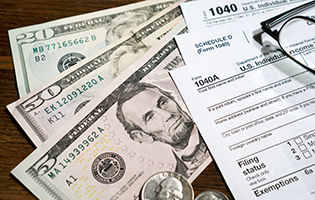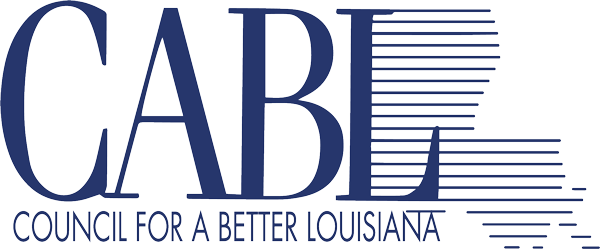
By now you’ve probably seen the list of options Governor John Bel Edwards has put forward to deal with the state’s ongoing budget issues. By any measure there’s not much to like in the solutions being offered to address an immediate $750 million budget shortfall that must be taken care of by June 30 or the $1.9 billion problem in next year’s budget.
Generally, the plan calls for tapping the Rainy Day Fund, yet again, redirecting non-coastal BP settlement payments and making cuts to some statutorily dedicated funds. Those are the things that don’t raise new revenues. But there are a number of things that do raise additional dollars and they run the gamut from an extra penny of state sales tax, additional tobacco taxes and increases in phone taxes, to a variety of tax increases on businesses.
It’s not a fun list to look at and it impacts every taxpayer in the state. But it reflects where we stand in Louisiana today. That’s not an endorsement, but it is an acknowledgment that after years of avoiding this day and making sure that the problem wouldn’t blow up until the beginning of a new governor’s administration, that day has finally arrived.
Now the debate really begins. The governor has put forward his ideas. Certainly, we will hear others from legislators and various business and interest groups. That’s good because we need all the ideas we can find to figure this out and make it work for the long term.
And we really have to think about the long term because we don’t need yet another temporary fix. In the process we also need to think about what we want our state to be, what services it should provide and what degree of quality and outcomes we expect. More than anything else it’s a time to get realistic.
If state government is doing things that we don’t think are important, we ought to quit doing them. If we have too many state museums or schools or parks or hospitals or state police or wildlife and fisheries agents or programs or services or whatever, we ought to get rid of what we don’t think we need.
Of course, we haven’t managed to do much of that over the last seven years, even with a fiscally conservative governor and Legislature and it would probably be wise to step back and ponder what that actually says about things.
The point is that we’re finally approaching ground zero on our budget. The good news, if there is any, is that with the options he has put forward Governor Edwards has set the stage for what could be some meaningful efforts at true fiscal reform and restructuring that the state desperately needs to better position us for the future.
The bad news, of course, is that it’s taken a crisis to get us to that point and most of the options are pretty ugly. But the bottom line is fairly simple. We have to do something, we need to appropriately address this problem and we need to get it right. Certainly there will be more cuts than those initially proposed and certainly not all of the revenue options the governor has put on the table will be implemented. That’s just the way things work.
But we have to start somewhere and now we know what the new governor’s starting point looks like. It’s also good to remember that all of this is a process, not a fait accompli. The Legislature and stakeholders of all varieties will also have a chance to weigh in, have their voices heard and offer their ideas. That’s the way it’s supposed to work.
For the last several years there were complaints from all quarters that the budget was being balanced with “smoke and mirrors.” Now, we’re finally at the point where we have to confront what the smoke and mirrors were hiding. It’s a mess, but one we have to work together to clean up if we care anything about the future of our state.
